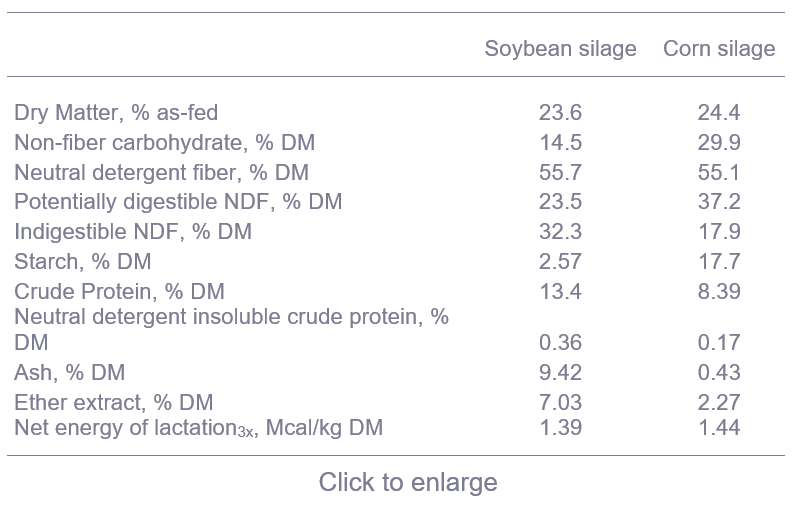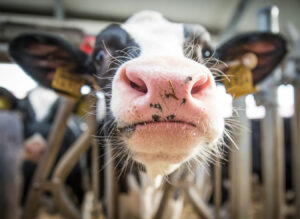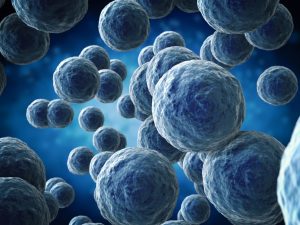Alvaro Garcia
What are the advantages of including soybean silage as an alternative forage in the diet of dairy cows? Soybean plants are well-adapted to dry conditions, have high grain productivity per area, with high protein content, and low fiber to protein ratio. They may be harvested for forage when their yields have shrunk below the economic threshold for oilseed harvest.
As a result, they can help stretch out conventional forages when yields may be compromised. Additional advantages described are increased carbon sequestration, nitrogen fixation, and reduced greenhouse gas emissions during rumen fermentation.
To ferment adequately in the silo, their moisture content is very important, and needs to be like that of alfalfa silage. For soybeans, this ideal moisture occurs right before the pods are full. Waiting until complete maturity results in a drier, lower digestible forage that can lead to fermentation problems due to the high oil content of the seeds.
Nutrients in soybean silage
The nutrient composition of this silage can be expected to range from 16.0 – 20.6% crude protein (CP), 38.3 – 48.3% neutral detergent fiber (NDF), 27.3 – 37.3% acid detergent fiber, 6.0 – 7.4% lignin, 1.36 – 1.49% Calcium, and 0.26 – 0.31% phosphorus. Direct-cut soybeans have a dry matter (DM) contents between 22 and 30% and ensiling at this moisture will result in higher effluent losses and a greater risk of undesirable butyric fermentation.
It is thus better to aim for 35 – 40% DM. Buffering capacity of the forage is relatively high and can result in poor fermentation. Inoculants may help reduce these problems and reduce mold growth. Always verify herbicide restrictions for feeding when attempting to use soybeans for forage.
A recent experiment (Ghizzi et al., 2020) evaluated partially replacing corn silage with whole-plant soybean silage in dairy cow diets and its effects on feeding behavior and performance. Soybeans were ensiled at stage 5.5 or when five nodes on the main stem have fully developed leaves beginning with the unifoliate nodes.
The seeds at this point (between beginning seed and full seed) are just 3 mm long in the pods on the top nodes of the main stem. Harvesting need to be timely since at this stage the plants start to dry fast. Soybean silage was ensiled with a blend of Lactobacillus plantarum and Pediococcus pentosaceus (105 colony-forming unit/g fresh forage).
Holstein cows with 136 ± 86.3 DIM, 660 ± 90.4 kg body weight, and 32.7 ± 5.20 kg/day were blocked by days in milk, milk yield, and parity. Diets were formulated for similar protein, rumen-degradable protein, and rumen-undegradable protein, NDF, and forage to concentrate ratio, offered twice daily, and targeting refusals at 5-10% on as-fed basis. The table below shows nutrient composition of both silages.
 Treatments were:
Treatments were:
- Control diet with 48.0% DM corn silage
- Soybean silage (ensiled at R 5.5 stage*) replacing corn silage at:
- 16.7% DM
- 33.3% DM
- 50.0% DM
Effects of feeding cows with soybean silage as an alternative forage
Soybean silage inclusion decreased DM intake, digestibility, and intake of feed particles shorter than 4 mm. Cows fed soybean silage diets had higher rumen pH and ruminal concentrations of butyrate, branched-VFA, and NH3-N. Feeding soybean silage also decreased milk yield and components. However, replacing corn silage with soybean silage increased milk fat concentration of unsaturated (C18:1 and C18:2) and long chain fatty acids greater than palmitic (C16).
With the inclusion of soybean silage microbial protein synthesis decreased linearly while blood urea nitrogen increased also linearly. This could be explained because of less fermentable carbohydrates in the rumen reduces microbial growth and thus the incorporation of ammonia into microbial protein. Rumination and chewing time (minutes/day) were affected quadratically as soybean silage was included in the diet.
Overall, the inclusion of soybean silage decreased intake and performance, without affecting milkfat content. It is likely this last effect resulted from changes in the pattern of fermentation at higher inclusions of soybean silage in the diet. One advantage of soybean silage inclusion was the higher concentration of long-chain fatty acids greater than C16, and the unsaturated fatty acids proportion on milk fat.
Reference
Ghizzi, L.G., Del Valle, T.A., Zilio, E.M., Sakamoto, L.Y., Marques, J.A., Dias, M.S., … Takiya, C.S. 2020. Partial replacement of corn silage with soybean silage on nutrient digestibility, ruminal fermentation, and milk fatty acid profile of dairy cows. Animal Feed Science and Technology. 266: 114526.
© 2020 Dairy Knowledge Center. All Rights Reserved.











